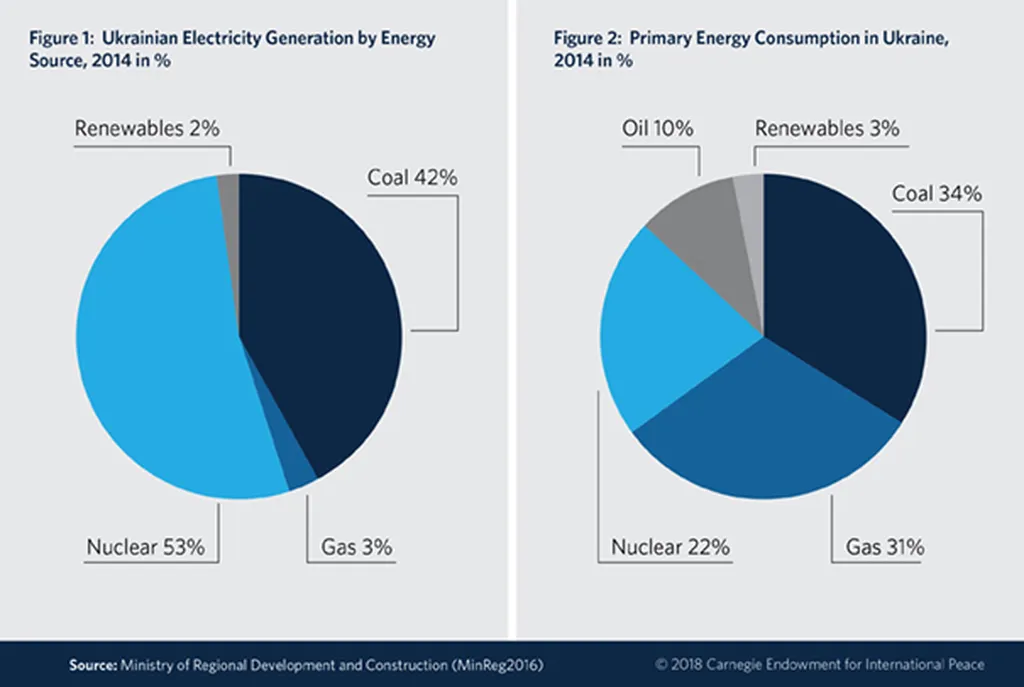In a groundbreaking development poised to reshape the landscape of low-resource cryptography, researchers have unveiled a novel model for constructing symmetric two-operand SET-operations that allow permutation of operands. This innovation, spearheaded by Volodymyr Rudnytskyi of the State Scientific Research Institute of Armament and Military Equipment Testing and Certification, promises to bolster cryptographic protection in energy sector applications where computational and energy resources are at a premium.
The research, published in the journal ‘Сучасний стан наукових досліджень та технологій в промисловості’ (Modern State of Scientific Research and Technologies in Industry), introduces a scientific and methodological framework that enables the synthesis of these advanced SET-operations. “The model we’ve developed allows for a pseudo-random change in the operating modes of cryptographic systems, significantly complicating the processes of cryptanalysis,” Rudnytskyi explains. This adaptability is crucial for energy sector applications, where securing data transmission and storage is paramount, yet resources are often constrained.
The implications for the energy sector are substantial. Low-resource cryptography is increasingly vital for securing smart grids, remote monitoring systems, and other energy infrastructure that require robust protection but operate under significant resource limitations. By enabling the permutation of operands, the new model enhances the flexibility and security of these systems. “This technology can be particularly beneficial for low-resource stream encryption systems, ensuring stable performance even under stringent resource constraints,” Rudnytskyi adds.
The research also addresses the critical need for low-resource cryptographic coding, a burgeoning area within the field. By implementing cryptographic operations controlled by pseudo-random sequences, the model offers a dynamic approach to cryptographic protection. This adaptability is key for energy sector applications, where the ability to swiftly respond to emerging threats is essential.
The model’s development involved a combination of discrete mathematics, set-theory, and situational management methods. The synthesis of symmetric two-operand SET-operations that allow permutation of operands represents a significant advancement in the field. “We’ve determined the restrictions on the use of this model, ensuring the construction of operations that are both symmetric and allow for operand permutation,” Rudnytskyi notes.
The potential commercial impacts of this research are far-reaching. Energy companies can leverage this technology to enhance the security of their data systems without compromising on performance or resource efficiency. This is particularly relevant in an era where cyber threats are becoming increasingly sophisticated and the need for robust, low-resource cryptographic solutions is more pressing than ever.
As the energy sector continues to evolve, the demand for secure, efficient, and adaptable cryptographic solutions will only grow. This research provides a solid foundation for future developments in low-resource cryptography, offering a pathway to more secure and resilient energy infrastructure. The insights gained from this study are set to influence the trajectory of cryptographic research and application, ensuring that the energy sector remains at the forefront of technological innovation and security.

